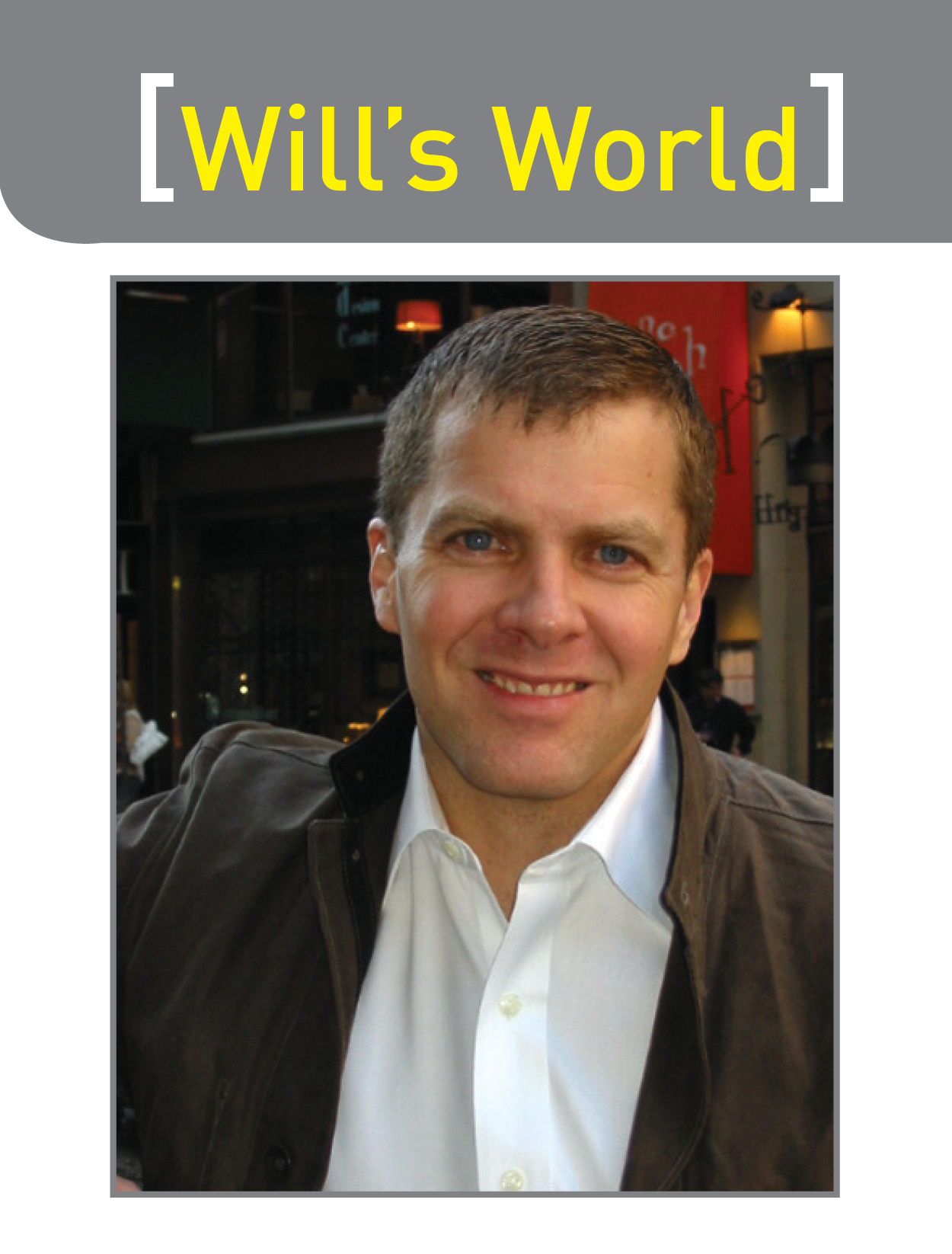By Will Carlin
I was hurting. Badly. It was a summer tournament, and it was hot. My soaked shirt clung to my torso, and the grip of my racquet was so slippery that I was having trouble keeping it from twisting in my hand. My shoes were beginning to squish as my sweat had saturated both socks and insoles.
The score was 1-1, but we were playing the old nine-point scoring, and the match had gone back and forth and back and forth. We were well over the one-hour mark. Though I was fit, my opponent had more skill than I, and he was repeatedly giving me tours to the front wall and the back two corners with brutal boast and lob combinations.
When the match started, I was a bit nervous and that had led me to an early bout of painful fatigue. While I had been able to battle through the worst of that about ten minutes into the match, it had put me into a fatigue deficit, from which I had never fully recovered.
And now, I knew I was near my limit As we played the six-all point over and over again (hand-in, hand-out), I remember thinking that there was no way I could last another game like this one. After one point, I was breathing so hard that I felt like I needed to swallow air just to stay conscious.
A jumble of background thoughts were beginning to become brighter: I could stop and default (right here, right now); I could just ease up and stop trying; I could toss this game and see if I felt better in the next game.
I just wanted it to stop.
Almost everyone who has played a grueling squash match or run a cross-country race has experienced the moment when pain and fatigue begin their evil partnership and lead you to that crucible of will. This is the place where clichés are born: “Push through the pain.” “C’mon, dig deep now.” “How much do you want it?”
Interestingly, it isn’t at all clear what exactly is hurting. Think about it for a moment: where is that pain localized? Locating the source of the pain and fatigue combination platter is surprisingly hard to pin down.
“The problem is that the sensation of pain isn’t directly related to physical changes in the body; it’s a reaction to a signal sent to the brain,” writes Paul Flower, in a 2012 “Running Times” article. “As an athlete increases [workload] in active muscles, hundreds, even thou- sands, of neurological impulses arrive in the brain. As the athlete works harder, this neurological deluge intensifies. That’s when things get complicated.”
It gets complicated because, as with most things that involve the human brain, the experience is relatively subjective. Some people, for example, are inherently more pain tolerant than others (outgoing personalities tend to have higher pain tolerance). And within individuals, factors like time of day, mood, and the presence of an audience lead our brains to process similar experiences differently, and different processing leads to differing degrees of experienced pain.
Vince Lombardi’s famous quote that “fatigue makes cowards of us all” isn’t just a motivational platitude; in fact, Flower writes that elite running coaches know that “one big challenge is teaching runners that pain—the kind that comes from running effort and fatigue—won’t kill them. That seems a bit dramatic, and for good reason—pain can lead to a dramatic emotional response.”
When an athlete worries about pain, emotions kick in—notably fear—and the athlete starts to back off, partly because of Darwinistic self-preservation. That’s when we quit.
Many endurance coaches think this is an often underestimated part of doing high intensity training. While they acknowledge and celebrate the fact that pain-inducing workouts (keeping in mind that this is all about fatigue-induced pain, not pain because of an injury) do indeed cause physiological changes that allow an athlete to last longer, the mental benefit is potentially as important.
John S. Raglin, professor and director of graduate studies in the kinesiology department at Indiana University, says, “The more people are exposed to pain, the less they respond emotionally…There’s a line where the pain no longer carries an emotional response. It’s part of a learning curve when they discover that it isn’t harmful, and that they are actually getting something out of it.”
One running coach even extols encouraging his runners to plan a few mid-season races where they intentionally will not finish. His theory is that in these races his runners need to push themselves so hard that they collapse or quit, under the theory that you can’t push yourself to the edge without knowing where that edge is.
I didn’t know the theory back then, but I knew I was near my own edge. I was just about ready to quit. And then something incredible happened. I had been so caught up in my own experience that I had forgotten that there was someone else on the court with me; at nearly the precise moment that I was nearing my own edge, my opponent had crossed his. He folded.
I hadn’t known he was battling his own demons. No idea. None.
It was a lesson that I strive to remember in tough and painful matches: your opponent may be just as close as you think you are to giving up. Sometimes, you just need to play one more point.
I felt like someone had tossed me Superman’s cape. I ran out the last three points of the third game, and though he played a tough first point of the fourth, I never lost serve.
And here is the ultimate demonstration of pain being determined by the brain: I thought I was near the edge, but when I realized that my opponent had been broken, the pain disappeared.
In fact, I felt great.



